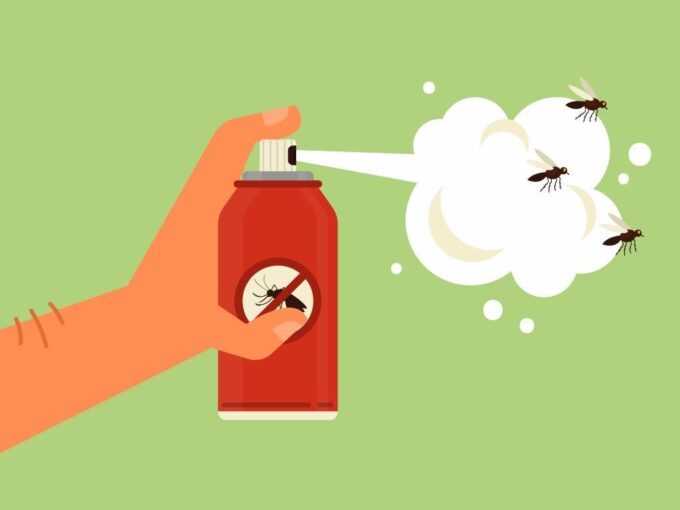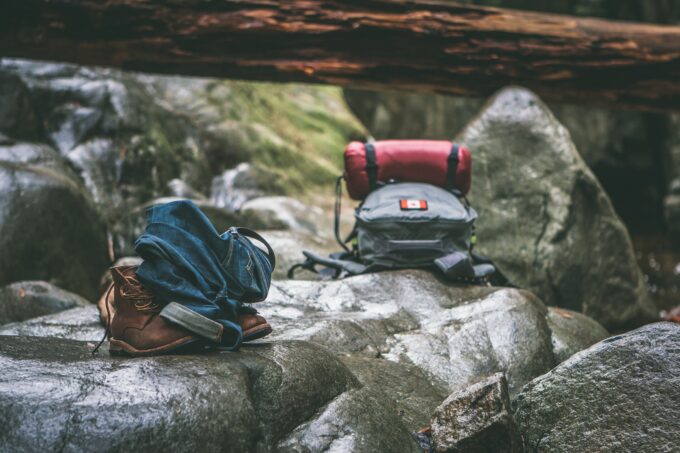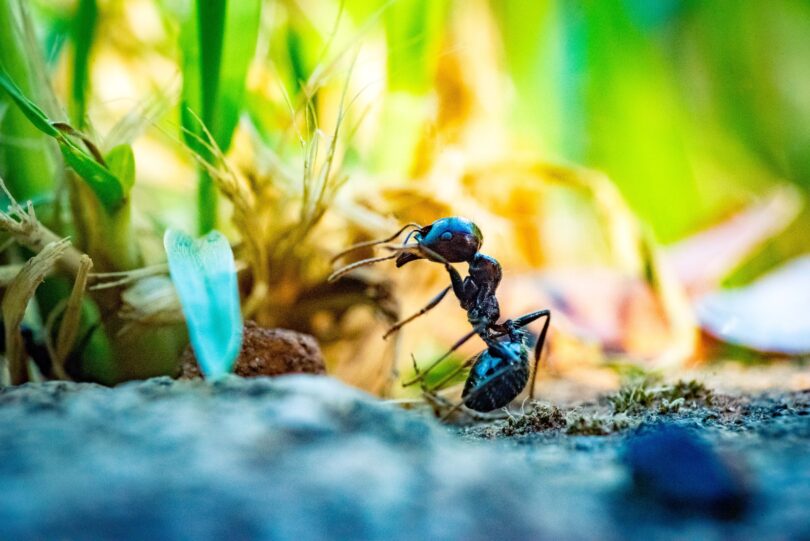Spending quality time outdoors and in the open, untouched nature has numerous positives and benefits. It is important that we as modern human beings connect with nature more and not lose touch with the surroundings. We need to get out more, unplug, and get back out there just like our ancestors did. Most people do not even begin to realize or understand all the good sides that the outside has in store for us and there is no better way to do so than to escape the city and go for a hiking trip.
It does not matter where or for how long you do it as long as you make it an occasional habit. A river, lake, or a creek will do just fine. Both a higher mountain than average and a small hill are capable of giving you what you need and allowing you to experience the type of beauty you never knew existed so close to home. However, in order to do it properly, there are certain things you have to know so that you can prepare and protect yourself the right way.
Nature is Nature

img source: unsplash.com
Since there are no humans to disrupt the natural order of things and intervene in the food chain, all sorts of little critters and insects will be a regular occasion as you move through the forests and open fields. In such an environment, there needs to be a certain code of behavior as well as a way of protecting yourself and others. Bugs and ticks are the most common problem when hiking at least in terms of unwanted attention from other creatures. Nobody enjoys being harassed by all sorts of mosquitoes and flies, and it is especially bothersome to later find that you have a tick or two on your body.
To help you get over this and best prepare for it, we will tell you exactly how to protect yourself from bugs and ticks when hiking. Make sure to read the article carefully and thoroughly and you will never again have to suffer out in the wild, be it hiking, camping, fishing, or hunting trip at least when insects and parasites are the topics of conversation.
1. Educate Yourself

img source: unsplash.com
The best type of protection is knowing enough in theory so that you can apply that knowledge in practice. Before you go hiking, do some research on your destination and read about the usual culprits that are found there. Numerous types of ticks exist as well as other bugs, and learning what you may encounter and what does not live there will be of huge help. Not only will you be able to tell what you are dealing with, but you will also know the best course of action to help yourself and others. Prevention is the best cure and education is the first step towards it. If you know the risks and remedies, there will be hardly anything to worry about. Check out beezzly.com to learn about bugs that look very similar to ticks and educate yourself even further.
2. Insect Repellant

img source: sgvmosquito.org
The most obvious way through which you can protect yourself from all sorts of insects and parasites commonly found in nature are insect repellants. You can check the lists of approved products but the safest bet would be to use Picaridin, DEET, oil of lemon eucalyptus, methyl nonyl ketone, and IR3535. Sprays and topical products exist so use the one you prefer the most but consider candles and lamps too.
3. Insecticides

img source: topbest.ph
A smart but often forgotten way of protecting yourself as well as your equipment from bugs and ticks while in the great outdoors is to use insecticides.
Permethrin is the most efficient here and you should use it to spray your clothing, gear, and especially footwear. It will repel and/or kill most of the mosquitos, black flies, and ticks that you encounter. You will not even know how many you made scarce. Best of all, permethrin is perfectly safe and poses no harm to humans and gods. It will even stay on the clothes after a wash or two, and your hiking gear will be protected for a long time.
4. Watch Your Step

img source: unsplash.com
If you want to minimize your explosion and therefore the risk of being attacked or swarmed by ticks and insects, make sure never to go off the beaten path and especially into the tall grass. Brushy areas and heavier woods are ripe with countless of these little creatures who will not hesitate to find their way onto your body and gear. Always avoid sitting directly on the ground especially if it is grass and pack a foldable chair or use rocks and logs.
The best thing to do is to stick to the middle of the hiking path to fully minimize the risk of being overly exposed.
5. Clothing Rules

img source: unsplash.com
There are a few rules in terms of clothing when trying to protect yourself in this sense. The first is to tuck as much of your clothes as possible, especially pants into socks and the shirt into pants. Lighter pants and long sleeve shirts are always better in warm weather than shorts and T-shirts.
The second rule is to wear darker clothing since ticks are attracted to light colors and they are 20% more likely to get to you if you are brightly colored.
It is easier to spot them on light clothing but you will be safer in darker shades. If it is colder or if you can find a lighter pair, think about wearing gloves as well.
6. Inspect Yourself

img source: unsplash.com
Just in case, you should inspect the exposed areas of your skin or have your fellow hiking partners do it for you if you cannot see it. The neck area is especially problematic unless you have some kind of a show or scarf to protect you. Learning that you have a tick in your skin early is important as they need time to dig themselves deeper. A pair of tweezers or a tick remover set is a smart thing to pack and have close by as in most cases you do not want to wait to get home to remove a tick.







